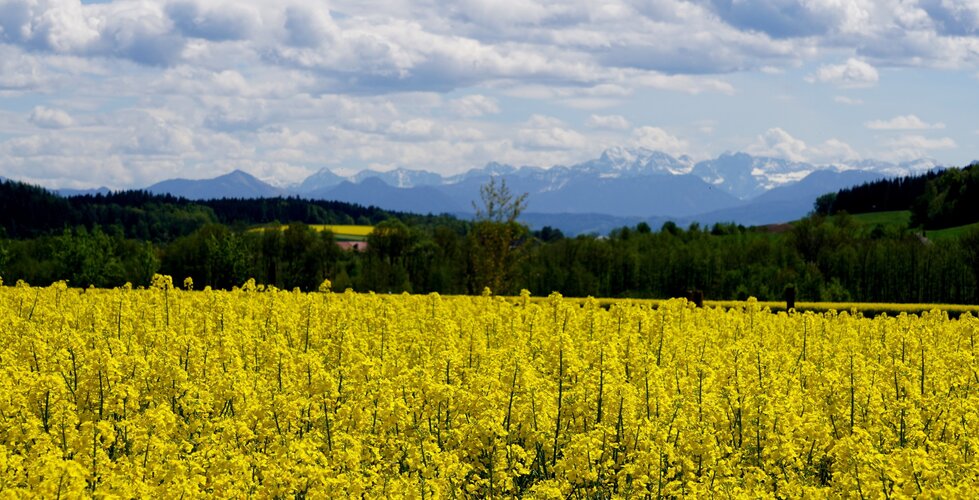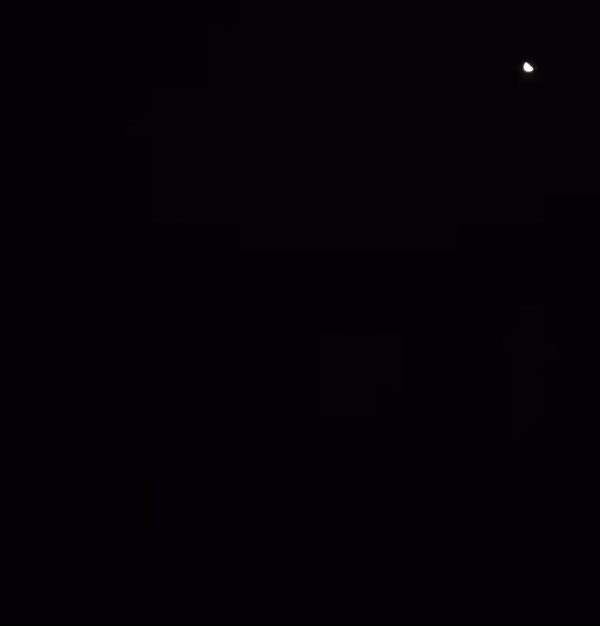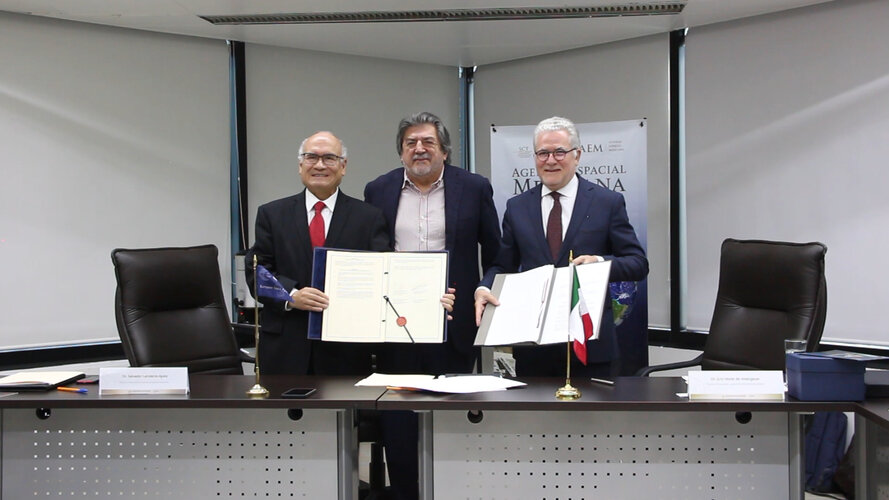
Copernical Team
SpaceDaily Streamlines Imaging Process with ChatGPT's Technology
 SpaceDaily, a leading news organization covering space exploration, astronomy, and technology, has implemented ChatGPT's technology, along with simple rules lists and innovative software development, to streamline its imaging process.
The combination of these technologies has enabled SpaceDaily to generate filenames for image files based on their captions and vice versa, while also enablin
SpaceDaily, a leading news organization covering space exploration, astronomy, and technology, has implemented ChatGPT's technology, along with simple rules lists and innovative software development, to streamline its imaging process.
The combination of these technologies has enabled SpaceDaily to generate filenames for image files based on their captions and vice versa, while also enablin NASA study seeks to understand impact effects on Mars rocks
 A NASA study describes how rocks could have been "shocked" and changed by meteorite impacts, once frequent on ancient Mars. This will improve our analysis of rock samples collected from the Red Planet.
"Because we're counting on these samples to reveal a record of Mars' geologic past, it would be important for us to understand if and how the rocks have been altered," said Dr. Svetlana Shko
A NASA study describes how rocks could have been "shocked" and changed by meteorite impacts, once frequent on ancient Mars. This will improve our analysis of rock samples collected from the Red Planet.
"Because we're counting on these samples to reveal a record of Mars' geologic past, it would be important for us to understand if and how the rocks have been altered," said Dr. Svetlana Shko Webb uncovers new details in Pandora's Cluster
 Astronomers have revealed the latest deep field image from NASA's James Webb Space Telescope, featuring never-before-seen details in a region of space known as Pandora's Cluster (Abell 2744). Webb's view displays three clusters of galaxies - already massive - coming together to form a megacluster. The combined mass of the galaxy clusters creates a powerful gravitational lens, a natural magnifica
Astronomers have revealed the latest deep field image from NASA's James Webb Space Telescope, featuring never-before-seen details in a region of space known as Pandora's Cluster (Abell 2744). Webb's view displays three clusters of galaxies - already massive - coming together to form a megacluster. The combined mass of the galaxy clusters creates a powerful gravitational lens, a natural magnifica Boosting market traction for agri-monitoring service

Support from ESA’s Earth observation InCubed commercialisation programme has enabled two companies, GeoVille and EOX, to secure a major contract to provide an Austrian Area Monitoring Service. The consortium’s EO-WIDGET software provides the farming sector with critical satellite-derived information and is a key tool in compliance monitoring for the European Common Agricultural Policy.
Seventh shooting star ever spotted before it struck
 Image:
Image:
For the seventh time, a small asteroid – a meteoroid as astronomers call it – was discovered in space as it raced towards Earth for impact. The predicted time and location of the impact (02:50 - 03:03 UTC, above northern France) were made possible with observations by European astronomer Krisztián Sárneczky using the 60 cm Schmidt telescope from the Piszkéstető Observatory in Hungary. 2023 CX1 is the second impactor discovered by Krisztián, after the impact of 2022 EB5 less than a year ago.
The last three predicted impacts have
ESA signs Cooperation Agreement with Mexico

ESA and the Mexican space agency, Agencia Espacial Mexicana (AEM) signed a Cooperation Agreement on 14 February 2023. The objective of this agreement is to allow Mexico and ESA to create a framework for more-intensive cooperation in joint projects in the future.
Chelyabinsk a decade on: the Sun's invisible asteroids
 Image:
Image:
No one saw the Chelyabinsk meteor of 15 February 2013 coming – the largest asteroid to strike Earth in over a century. Just after sunrise on a sunny winter’s day, a 20-metre, 13 000 tonne asteroid struck the atmosphere over the Ural Mountains in Russia at a speed of more than 18 km/s.
The relatively small rock exploded in the atmosphere at an altitude of 30 km, releasing about half a megaton of energy (equivalent to 35 Hiroshima-sized bombs). Two minutes later, the shockwave reached the ground damaging thousands of buildings, breaking windows and
How to Write a Discussion Post About Space Exploration
 Space exploration is a topic that has captured the imagination of people for centuries. From ancient civilizations observing the stars to the moon landing in 1969, the pursuit of exploring the unknown has been a central theme in human history.
In this post, we'll guide you through the process of writing a discussion post about space exploration and its significance in our lives.
b>U
Space exploration is a topic that has captured the imagination of people for centuries. From ancient civilizations observing the stars to the moon landing in 1969, the pursuit of exploring the unknown has been a central theme in human history.
In this post, we'll guide you through the process of writing a discussion post about space exploration and its significance in our lives.
b>U Ursa Space launches Python Toolbox API on Esri ArcGIS Pro Software
 Ursa Space Systems, a leading satellite-analytics-as-a-service provider, has announced the release of a Python toolbox for satellite analytic and data ordering within Esri ArcGIS Pro, a full-featured professional desktop GIS application.
Ursa Space leverages the world's most comprehensive and progressive satellite data virtual constellation, comprising synthetic aperture radar (SAR), Optic
Ursa Space Systems, a leading satellite-analytics-as-a-service provider, has announced the release of a Python toolbox for satellite analytic and data ordering within Esri ArcGIS Pro, a full-featured professional desktop GIS application.
Ursa Space leverages the world's most comprehensive and progressive satellite data virtual constellation, comprising synthetic aperture radar (SAR), Optic CSIC completes the first network of robotic telescopes present on the five continents
 "BOOTES is the result of almost twenty-five years of continuous effort, since we installed the first station in 1998 at INTA (Arenosillo, Huelva), the institution that initially supported the project. The complete deployment represents a scientific milestone since it is the first robotic network with a presence on all continents", according to Alberto J. Castro-Tirado, scientist at IAA-CSIC acti
"BOOTES is the result of almost twenty-five years of continuous effort, since we installed the first station in 1998 at INTA (Arenosillo, Huelva), the institution that initially supported the project. The complete deployment represents a scientific milestone since it is the first robotic network with a presence on all continents", according to Alberto J. Castro-Tirado, scientist at IAA-CSIC acti 